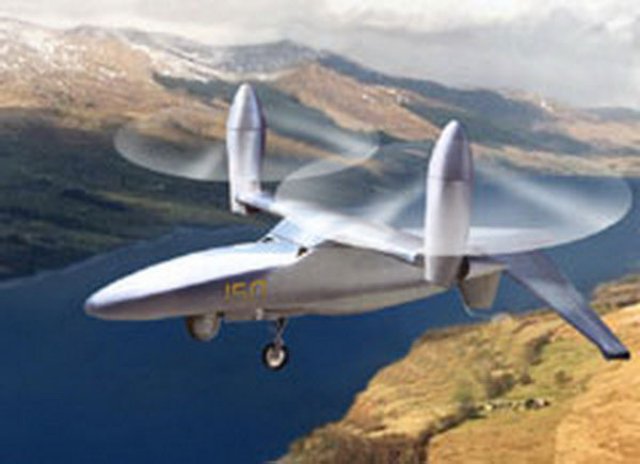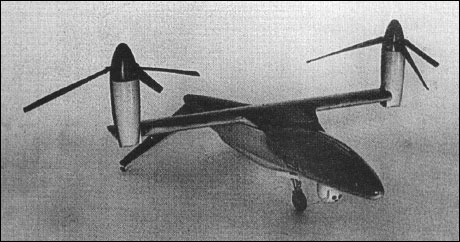Russian Helicopters has expressed new interest in developing tilt-rotor technologies that could be used to design a new family of unmanned and potentially even manned aircraft.
The holding that includes Russian design houses Kamov and Mil announced the internal initiative with a short news release distributed at the MAKS air show.
“The main objective of the project at this stage is to identify the critical technologies and systems required for the further development of a family of Ospreys with varying maximum takeoff weight, both manned and unmanned,” says the new release.
Although tiltrotor technology is mainly associated with Bell Helicopter’s 60-year legacy of development work, Russian engineers have experimented with different tiltrotor concepts since the 1930s. More recently, Mil had launched development of the Mi-30, which resembled a slightly larger version of the V-22, in the mid-1980s, but it was cancelled as the Soviet economy crumbled.
In the following decade, the Yakovlev design bureau also introduced a concept for a 450kg-class unmanned tiltrotor called the Albatross. The design faded from public view, but in 2012 Russian Helicopters disclosed a new UAV project also named Albatross, featuring a partial tiltwing rather than only a tiltrotor. That project was reportedly scheduled to begin deliveries in 2017.
This week Russian Helicopters provided no details about the scope or timeline for the new effort, but the company clarified the ultimate goal.
“The aim of the project is to create a family of high-speed multi-purpose rotary-wing aircraft,” says the Russian Helicopters news release, suggesting that smaller and larger vehicles could also emerge.
In describing the benefits of tiltrotor and tilt-wing technology, the Russian Helicopters release noted the ability to transport “passengers or goods” at higher speeds and longer distances than a conventional helicopter, while retaining the latter’s ability to land in small spaces.
Source: Flight Global


